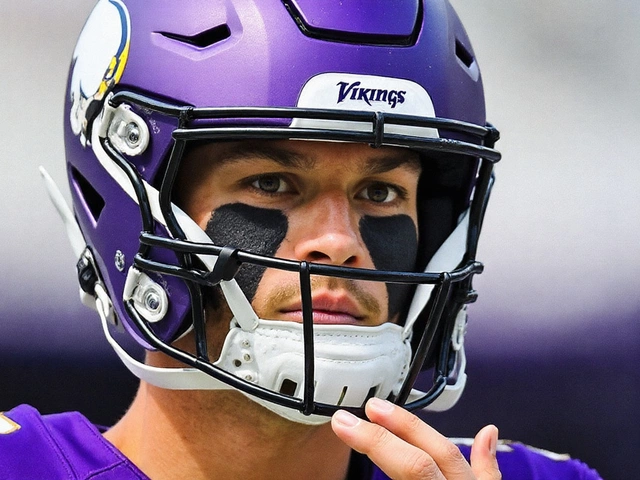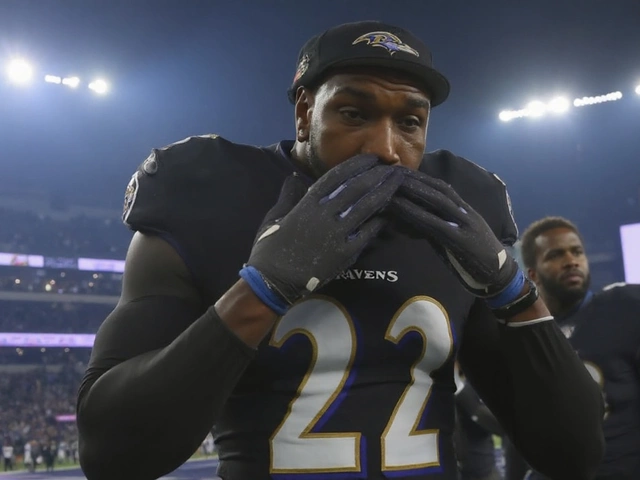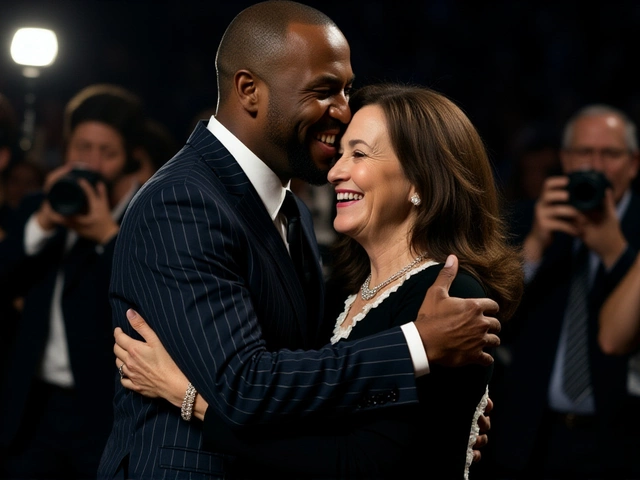9
J.J. McCarthy Shocks Bears With Historic Debut as Vikings Rally 27-24
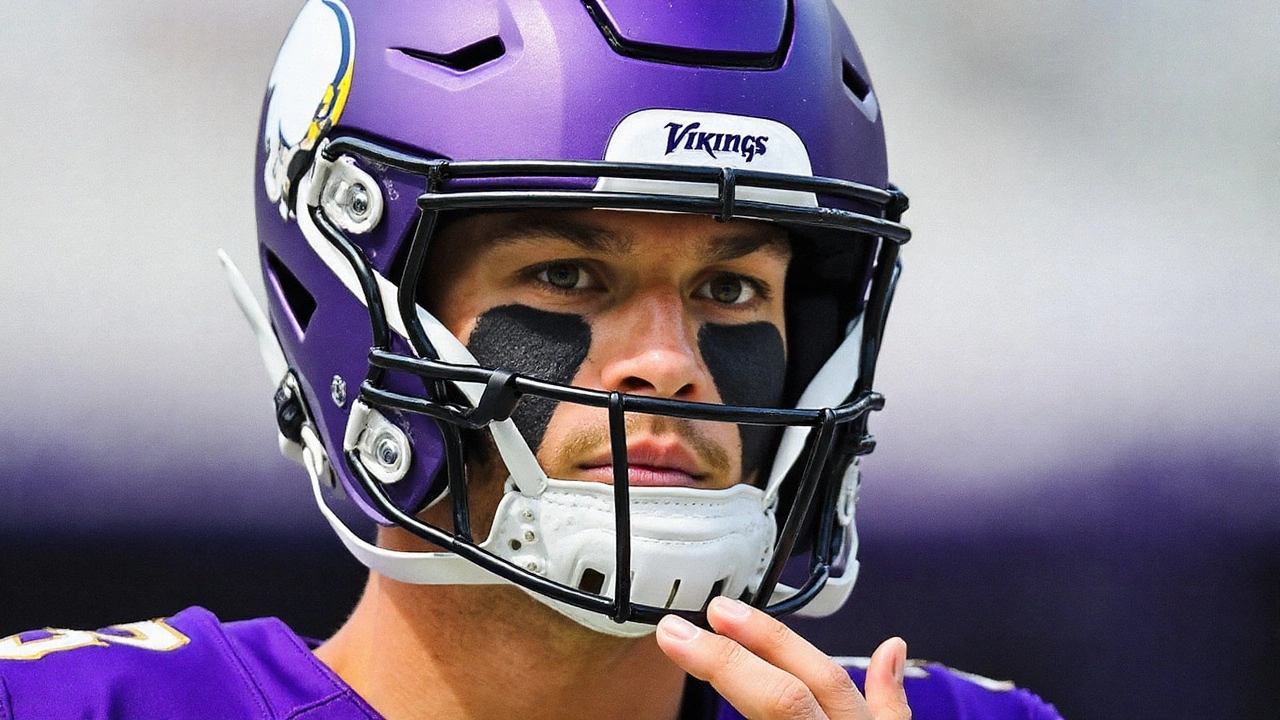
Under the bright lights of Monday Night Football, a first-year quarterback took a game that was slipping away and flipped it into an instant franchise moment. The Minnesota Vikings trailed by 11 heading into the fourth quarter. Twenty minutes later, the scoreboard read 27-24, and the rookie under center had made league history while ripping the opening scene of a new era in purple.
The headline will follow him all week: J.J. McCarthy is the first quarterback in NFL history to account for three fourth-quarter touchdowns in his debut. He did it with a steady hand after a rocky start and with the kind of late-game calm that separates placeholders from building blocks. Two touchdown throws—13 yards to Justin Jefferson and 27 yards to Aaron Jones—set the table. A 14-yard sprint to the pylon finished the comeback.
It wasn’t smooth early. Minnesota struggled to keep a rhythm, and McCarthy looked like what he is: a rookie learning NFL speed. Chicago’s defense baited him into an interception that was taken back for a touchdown, the kind of gut-punch that usually ends debut stories. Instead, it became the pivot point. The Vikings defense held up, the sideline settled, and the final quarter turned into a showcase.
There’s history baked in here beyond one stat line. McCarthy became the first Vikings quarterback to throw multiple touchdown passes in his NFL debut since Hall of Famer Fran Tarkenton did it in 1961. That cameo also came in Week 1 against the Bears. Different stadiums, different eras, same opponent, same result—a Minnesota win that hinted at what could come next.
A debut that flipped the script
Football coaches love to talk about answers. When the play sheet shrinks and the pass rush grows, does your quarterback have a counterpunch? For three quarters, Chicago had answers. The Bears’ plan under new head coach Ben Johnson worked early, with quick throws and a clean pocket for Caleb Williams. He started a perfect 10-for-10. Chicago built a 10-3 cushion and later stretched it, leaning on a defense that flew to the ball and a special teams unit that flipped field position.
Then the game tilted. Minnesota’s defense first. The Vikings clogged throwing lanes, forced a few long third downs, and kept the back end clean enough to make Chicago grind. That mattered. Each possession the Bears didn’t finish gave McCarthy another swing. With the score 17-6 entering the fourth, the margin for error was razor-thin. But the Vikings started playing on time—snaps, protections, and routes synced up—and everything looked different.
The first spark was chemistry. McCarthy’s touchdown to Justin Jefferson was the throw you script for a young quarterback: decisive, rhythmic, and exactly where it needed to be. Jefferson won at the top of the route, and McCarthy hit him in stride from 13 yards out. The sideline woke up. The crowd—home or away, you could feel it through the broadcast—shifted from restless to ready.
Next came the 27-yard shot to Aaron Jones, the kind of play that turns a game from a slog into a sprint. Jones found daylight, and McCarthy didn’t miss. You could see his feet calm down, the ball coming out on time, the reads cleaner. For three quarters he looked rushed. In the fourth, he looked like he’d been doing this for years.
The closer was the run. On the snap that put Minnesota ahead for good, McCarthy tucked and went. Whether it was a called keeper or a decision made after a quick scan, he beat a couple angles and dove across from 14 yards out. That touchdown didn’t just put up points; it told a defense that had been leaning forward all night that the quarterback could win with his legs, too.
Rookie debuts often reveal more about the player’s wiring than the box score. Early on, McCarthy tried to change plays at the line and looked frenetic in the pocket. After the pick-six, he found a different gear: huddle command, tempo control, and the patience to take what the coverage gave him. That composure tracks with his pre-NFL resume—64-3 as a starter since his sophomore year in college—where he built a reputation for late-game poise.
The Vikings’ defense earned a chunk of the credit that doesn’t show up in the headline. It kept the deficit manageable while the offense searched for a rhythm. Rush and coverage helped each other. They disguised looks well enough to make Williams hold the ball a beat longer, and they tackled in space to prevent cheap yards. That bought time for Minnesota’s offense to recalibrate.
Chicago, meanwhile, let go of the rope with penalties. Eleven flags for 122 yards will wreck a good plan, and the Bears felt every yard. Four first-half false starts put the offense behind schedule before it could settle. Two defensive pass interference calls extended drives the Vikings needed to flip field and, later, the game. One led to a field goal. The other helped set up the winning touchdown march. That’s not bad luck; that’s avoidable yardage in big moments.
Caleb Williams’ start showed why Chicago invested in him. The ball came out quick. He was precise early and worked through progressions smoothly. Then Minnesota adjusted. Coverages got tighter, and the Bears’ rhythm stalled. Chicago didn’t score again until the final minutes, long after the Vikings had seized momentum. For a rookie quarterback and a new coaching staff, that’s a teachable tape: the NFL will counterpunch, and you have to land your own in the third quarter, not just the first.
On the Minnesota side, the fourth-quarter plan was smart and simple. Get the ball to stars, go on schedule, lean on high-percentage throws, and use movement to stress the defense. Jefferson and Jones did what veteran playmakers do—created catch-and-run chances and won leverage at the snap. McCarthy trusted the reads, didn’t hunt hero balls, and took the lanes when they opened. That combination—coaching clarity and player belief—wins close games in this league.
There’s also the historical thread running through the night. Fran Tarkenton’s debut in 1961 is part of Vikings lore because it didn’t just feature big plays; it introduced a style—improvisational, restless, relentless. McCarthy isn’t Tarkenton, and nobody in Minnesota should try to replay the past. But there’s a familiar feeling when a fan base sees a young quarterback who can steady the huddle and finish the job with the clock bleeding. You remember nights like this decades later.
- Turning point after adversity: McCarthy’s interception return for a touchdown could have ended the contest. Instead, it sharpened Minnesota’s urgency and seemed to calm the rookie rather than rattle him.
- Hidden yet decisive yards: Chicago’s penalties created free first downs and field position swings. Two pass interference calls became direct fuel for Vikings points.
- The closing burst: Three fourth-quarter touchdowns—two through the air, one on the ground—turned an 11-point deficit into a three-point win and pushed McCarthy into the history books.
If you’re looking for why the last 15 minutes looked nothing like the first 45, consider the little adjustments. Minnesota’s protection settled, with quicker launches and defined pockets. The route concepts got friendly for a first start—crossers, timing throws, and matchup hunting against leverage. The Vikings also seemed to press the tempo at the right moments, forcing Chicago to defend fast and clean, which is hard to do when the flags are already flying.
- Tempo and timing: Shorter drops and earlier decisions kept Chicago’s rush honest.
- Matchups for playmakers: Jefferson and Jones got the ball where they could win after the catch.
- Quarterback mobility: The threat of McCarthy’s legs changed pursuit angles late and stressed the Bears at the sticks.
Inside the building, this kind of win does more than fill a highlight reel. It fast-tracks trust. Teammates buy in when a quarterback responds to a pick-six with three touchdowns in crunch time. Coaches open the playbook faster when a rookie proves he can run two-minute, protect the ball when needed, and make the right hot read when the blitz comes. And a franchise that’s spent years searching for its next long-term answer at quarterback can take a breath and build around what it saw.
None of this erases the rookie curve. Defensive coordinators now have tape. They’ll bait throws, disguise coverages, and send pressure from odd looks. McCarthy will have to manage protections, live with throwaways, and take the profit plays on second-and-long. The baseline he set on opening night—composure under stress and finish-line focus—gives him a margin to make those mistakes and keep learning.
For Chicago, this is a gut check. The Bears flashed a functional plan, an efficient start from their rookie quarterback, and a defense that made enough early noise to win. But the discipline issues that showed up in training camp showed up under the lights. Pre-snap penalties in loud environments are about routine and focus. Defensive pass interference is technique and eyes. Fix those, and the start Ben Johnson scripted will last longer than a quarter and a half.
The Bears also learned something about their own fourth-quarter identity. The best closing teams in the NFL kill clock with first downs and kick the door shut with red-zone stops. Chicago did neither when it mattered most. The defense battled, but the drive-extending flags erased good snaps. The offense had chances to drain time, but too many early-down mistakes forced long-yardage situations that let Minnesota’s pass rush tee off.
Across the line, Minnesota comes away with a clear roadmap. Protect manageable third downs. Let Jefferson dictate coverage. Use Jones as both a runner and a route runner. And give the rookie green lights in defined spots—quarterback keepers in the red zone, rollout throws to the boundary, and quick-game answers when a defense leans on pressure. It’s not flashy. It’s sustainable.
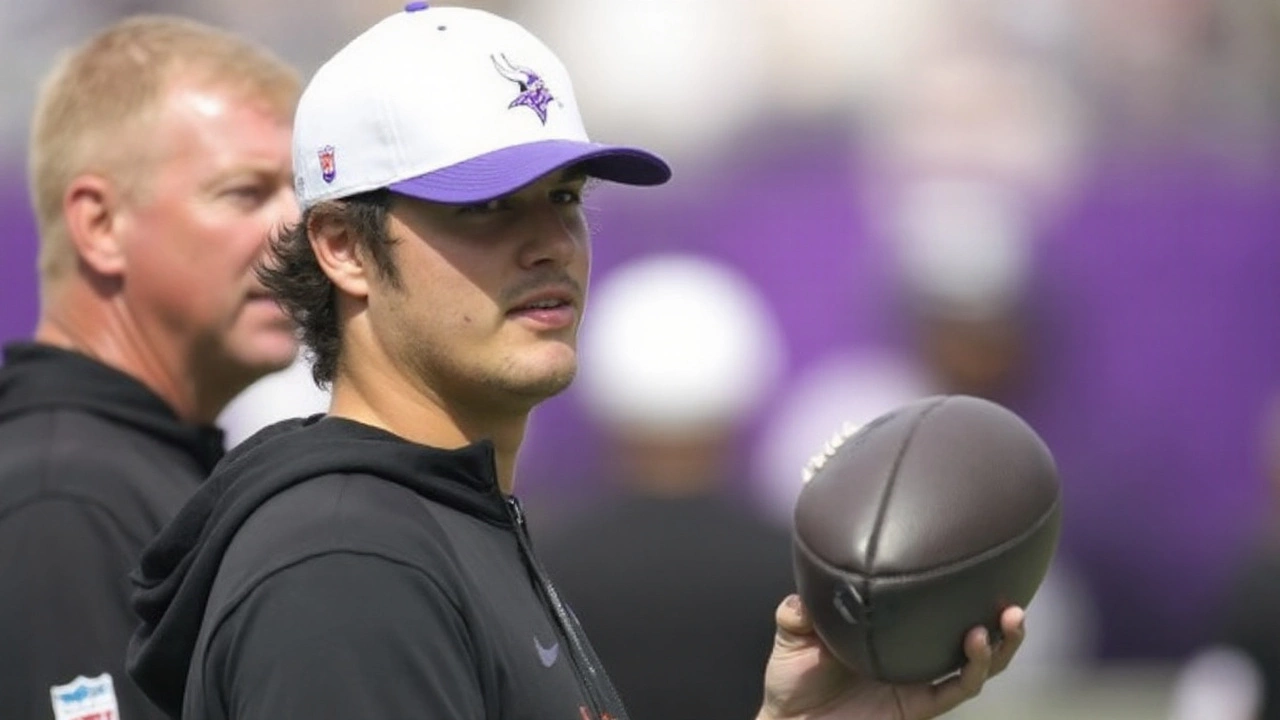
What it means for Minnesota and Chicago
For Minnesota, the night marks more than a win—it marks orientation. The Vikings have been hunting for a franchise quarterback who can grow with an offense built on timing and leverage. McCarthy’s fourth-quarter tape sells belief in the room. He’ll make mistakes, and defenses will circle dates on the calendar to throw new looks at him. But if you can steady a game under national lights after a pick-six and finish with three touchdown drives, you’ve got something real to build on.
The ripple effects will show up across the roster. Jefferson’s route tree becomes more aggressive when timing is trusted. Jones gets more favorable fronts when the quarterback keeper is on the scouting report. The offensive line’s job gets simpler when the ball is out on rhythm and the launch point varies. And the defense benefits from fewer three-and-outs, better field position, and the knowledge that a late deficit isn’t a death sentence.
On the Bears’ side, Week 1 is a snapshot, not a verdict. The early script worked. Williams looked comfortable in structure, and the concepts protected him. The job now is to find the counterpunch when opponents adjust. That’s part scheme—mixing tempo, moving pockets, and giving a young quarterback defined answers—and part discipline. Double-digit penalties don’t allow a fair fight in close games.
The NFC North is going to be crowded. Margins will be tight, and small edges will decide weeks between now and winter. Minnesota found one of those edges late: poise at quarterback and structure around him. Chicago found an early formula that needs to carry beyond the opening quarter and must shed the self-inflicted wounds that kept the door ajar.
For fans, this was everything you want from Week 1 under the lights. A rookie quarterback absorbing the early hits and swinging back. A rivalry with a fresh chapter that nods to history. And a finish that forces you to sit up on the couch and check the clock twice. If you’re in Minnesota, you’ll be talking about this debut for a long time. If you’re in Chicago, you’ll be circling the rematch and counting the penalty yards that got away.
One more note about perspective. No one wins a division in September, and no one’s season ends after a single Monday night. But some games suggest a direction. This one told Minnesota that the kid can carry a fourth quarter without flinching. It told Chicago that the blueprint is viable, but the details—snap counts, hand usage in coverage, late-down execution—have to tighten up. The next few weeks will tell us if both teams listened.
Week 1 gave us a debut that linked a new face to a storied name, a fourth quarter that flipped a script, and a reminder that the NFL is a league of moments as much as matchups. Minnesota left with a win and a quarterback who looked ready for the weight that comes with it. Chicago left with a lesson plan and a young passer who showed enough early to keep the optimism intact.

